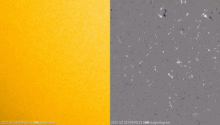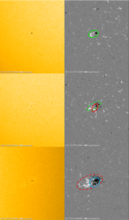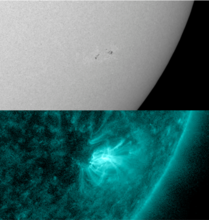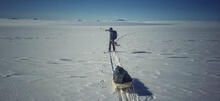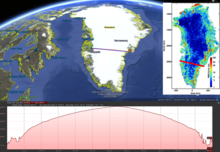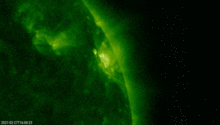news
Submitted on 2021-04-26
NOAA 2816 produced an M1 flare on 19 April. The associated CME was not earth-directed. This is only the 3rd M-class event of the new solar cycle.
Submitted on 2021-04-21
A substantial coronal mass ejection (CME) observed on 17 April had no earth-directed component, its source being on the farside of the Sun. The overall number of detected CMEs has been gradually increasing since December 2019.
Submitted on 2021-04-13
The latitude of the SC25 sunspot groups indicates a normal unfolding of the butterfly pattern.
Submitted on 2021-04-07
The coronagraphs on board the SOHO spacecraft have discovered again a number of (small) comets. The Sun remained unharmed.
Submitted on 2021-03-30
Some dynamic and impressive prominence activity took place on the Sun's farside during 26-27 March. The associated CME was a lot less spectacular.
Submitted on 2021-03-16
Last weekend, on 13 and 14 March, a minor geomagnetic storm took place. 32 years ago, on exactly the same days, geomagnetic activity was quite different...
Submitted on 2021-03-08
NOAA 2806 emerged on 28 February, became spotless on 5 March, then re-emerged a day later.
Submitted on 2021-03-05
Two Belgian adventurers collaborate with STCE scientists during an untypical triathlon in Greenland in April 2022: 600 km with skis and a pulka, 1000 km sea kayaking and 1 km vertical rock ascent. Nanok is a polar bear in the Inuit culture.
Submitted on 2021-03-02
Two sunspot regions took care of this week's solar activity by producing three flares and associated CMEs.
Submitted on 2021-03-02
A group of European space weather actors proposes to open a discussion on the organisation and sustainability of the European Space Weather community and its assets in the (near) future.
Pages
Zircon - This is a contributing Drupal Theme
Design by
WeebPal.



























